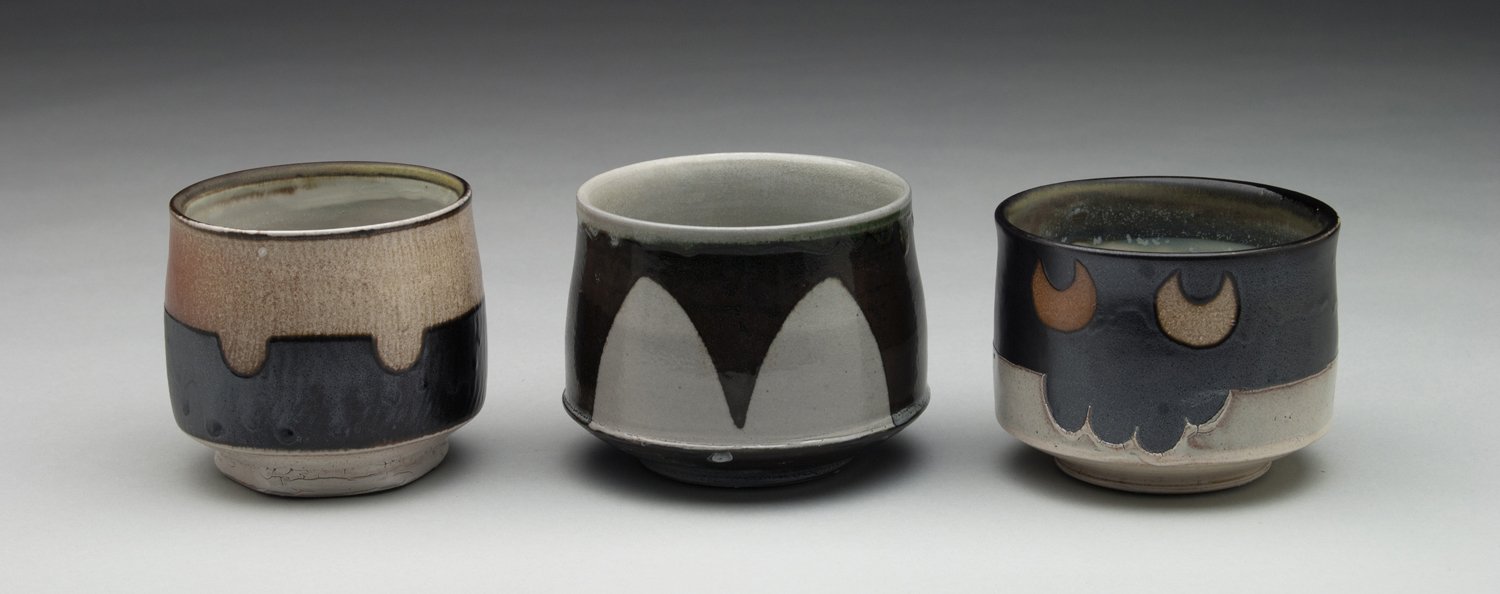I don’t look like this anymore
regarding sculpture:
I have long been fascinated by the unconsciousness; the hidden mental substrate that we all share. It’s the silent audience to our inner narration, a presence we can feel and see evidence of, but never view directly. In What It Is, Lynda Barry describes playing by herself as a child and the presence of something else “playing back.” I think this mysterious part of ourselves is critical to how we develop imagination, and from imagination, empathy. In spite of our current moment of dissonance and crisis, I still see hope in the power of these things to connect us. My current work began as a meditation on these themes, but grew to include others, including memory, landscape, and the body, as well as the self-organizing principle of matter and how it relates to life, evolution, and the development of consciousness.
About
I grew up in Carbondale, Illinois and became interested in Ceramics while in high school. I studied at Southern Illinois University in Carbondale, the Kansas City Art Institute, and at Alfred University, where I received my MFA in 1999. In addition to having been an artist in residence at the Archie Bray Foundation, the Northern Clay Center, and the Red Lodge Clay Center, I’ve also taught at the University of Texas at Austin, Penn State University, and currently teach in the ceramics area of Murray State’s department of Art and Design.
Regarding Pottery:
When I was growing up, my family had a way of holding on to broken pots, tools and utensils that went beyond mere thrift. There was an unspoken sense that the wares of our everyday lives had a significance to them, that damage and wear didn’t necessarily detract from an object, and that the improvised solution (of say, a particular plate as the replacement lid for a saucepan) was a good solution. I remember in particular the chipped ironstone platter whose glaze was crazed and deeply stained from serving decades of bloody roasts.
In high school, I became interested in ceramics out of a kind of Emersonian desire for self-reliance, imagining the independence I would have by producing the objects of my own daily life. The material transformation of ceramics fascinated me, and as I continued pursuing clay working in college, my focus became more about the surface and my work became more sculptural. I still loved pots, and I was always a consumer and user of pots. As a student, I worked alongside people who became great potters, and I envied their creative rhythm and the connection they made with their users (as opposed to “viewers”). Over the years, I learned more about pots from eating and drinking from them (and washing them) than I had from making them.
The faces on some of the pots came about in a kind of pareidolia moment as I played with different ways of using my hand to mark a form. When I first saw a face staring back at me, I laughed in spite of myself—there was something so absurd and almost stupid about it, but also an undeniable presence that fascinated me. I’m still sorting out whether or not these faces are reflections of something in me, or messengers from somewhere outside myself, but in any case they seem like an appropriate, nonsensical response to the current moment.

